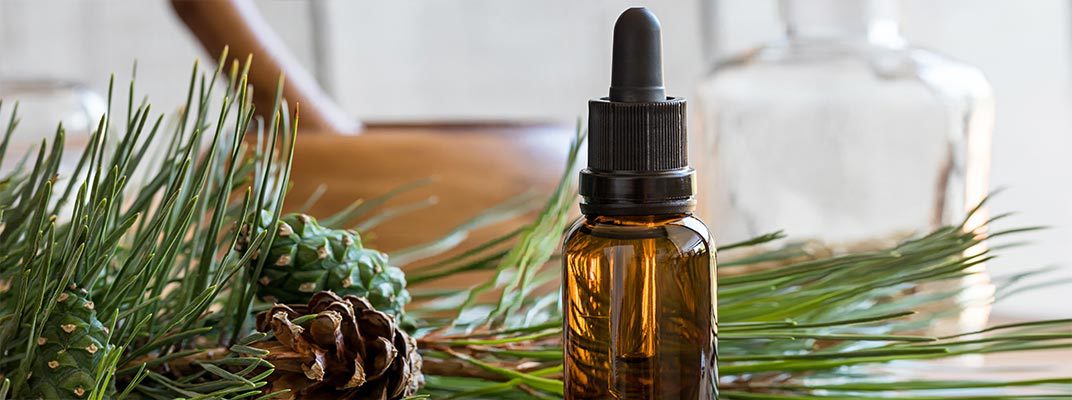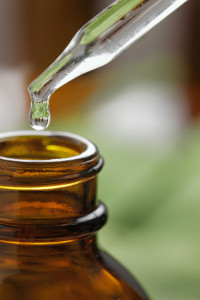In the simplest terms, “aromatherapy” is the use of an aromatic substance to evoke physical, emotional, mental, energetic, and/or spiritual change.
Why Do People Use Aromatherapy?
- Reduce stress and the physical, emotional, mental, and energetic impacts of stress
- Uplift the spirits
- Improve concentration and mental clarity
- Achieve and maintain balance
- Improve sleep
- Relieve muscle and joint aches, stiffness, and tension
- Support respiratory functioning
- Deodorize and refresh
- Promote and support healthy skin and address common skin conditions such as dryness, oiliness, acne, wrinkles, and others
- Reduce occasional nausea
- Support other healing modalities (conventional and complementary)
- Support meditation and other forms of spiritual development
- Pamper oneself
- Preference for personalized natural products and treatments
What Are Aromatics?
Aromatics are derived from the parts of plants that contain volatile components that emit a distinct smell and can invoke physical, mental, emotional, energetic, or spiritual change. Depending on the specific plant, aromatics are extracted from the flowers, leaves, twigs, roots, bark, resin, or fruits. These aromatic substances can be used to support healing, promote well-being, or simply provide enjoyment. While scent is an important attribute, aromatics are commonly applied and absorbed through the skin as sprays, creams, salves, and other substances. In some places, as in France, aromatics are ingested, but always with great caution, in modest amounts, and under the supervision of a knowledgeable health practitioner/aromatherapist.
Opinions differ, sources conflict, and dates vary widely, 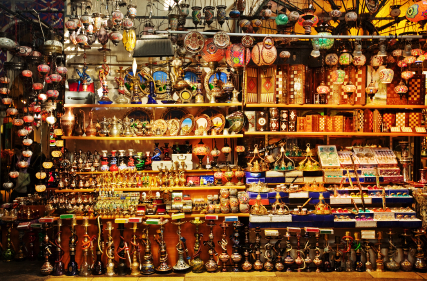 but there is considerable agreement that the use of aromatics dates back more than 5,000 years, and over time the use of aromatics has been popular with many cultures and civilizations around the world. Perhaps their earliest use was among the sages of India, who developed Ayurvedic medicine and influenced the evolution of Chinese herbal medicine. Early Egyptians used aromatics in perfumes, offerings to gods, and embalming and mummification (Miller and Miller 1995 and Tisserand 1988). Remnants of aromatic resins such as frankincense, myrrh, and spikenard have been recovered from jars and bottles found in Egyptian tombs dating between 3000 and 2000 BCE, and detailed Egyptian records note the trade in myrrh (Watt and Sellar 1996). Ancient accounting tablets indicate that Babylonian merchants traded cedarwood essence as far back as 2000 BCE.
but there is considerable agreement that the use of aromatics dates back more than 5,000 years, and over time the use of aromatics has been popular with many cultures and civilizations around the world. Perhaps their earliest use was among the sages of India, who developed Ayurvedic medicine and influenced the evolution of Chinese herbal medicine. Early Egyptians used aromatics in perfumes, offerings to gods, and embalming and mummification (Miller and Miller 1995 and Tisserand 1988). Remnants of aromatic resins such as frankincense, myrrh, and spikenard have been recovered from jars and bottles found in Egyptian tombs dating between 3000 and 2000 BCE, and detailed Egyptian records note the trade in myrrh (Watt and Sellar 1996). Ancient accounting tablets indicate that Babylonian merchants traded cedarwood essence as far back as 2000 BCE.
Aromatic substances created important trade links among cultures over thousands of years. Trade in aromatics was extensive and lucrative, shaping political and economic allegiances and geopolitical boundaries. Aromatics have also played an important role in social customs and spiritual practices: Incense of sandalwood and frankincense has long been widely associated with meditation and worship.
What Is Aromatherapy?
While an ancient practice, aromatherapy is a relatively new term dating back only to the 20th century. The French chemist Réné-Maurice Gattefossé studied aromatics for his family’s perfume business and in the first decades of the 20th century was one of the numerous chemists applying “modern” scientific methods to validate the efficacy of traditional uses of aromatic substances. Gattefossé was intrigued by his observation that aromatic plant substances (essential oils) tended to have properties that differed from, and often exceeded, the sum of their individual chemical constituents. Investigating these observations in a more systematic way, he applied “modern” science-based research to the use of aromatics and, in so doing, bridged thousands of years of traditional practice and conventional or allopathic medicine. In 1937, he published a book on his findings and coined the word “aromatherapy” (or in French aromathérapie).
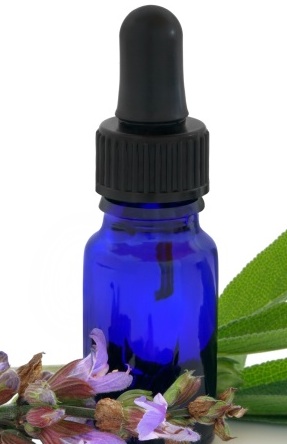 Chemists and conventional science continue to study the link between specific chemical components of essential oils and healing. This important work often has supported, clarified, and even refuted elements of the vast body of experiential science and tradition that accumulated over centuries. It is important, however, to recognize that aromatics and essential oils are mixtures of many constituents that work in unison, sometimes reinforcing and sometimes attenuating a wide range of healing properties present in the mixture to yield a specific healing effect that sometimes differs from the sum of the parts.
Chemists and conventional science continue to study the link between specific chemical components of essential oils and healing. This important work often has supported, clarified, and even refuted elements of the vast body of experiential science and tradition that accumulated over centuries. It is important, however, to recognize that aromatics and essential oils are mixtures of many constituents that work in unison, sometimes reinforcing and sometimes attenuating a wide range of healing properties present in the mixture to yield a specific healing effect that sometimes differs from the sum of the parts.
Today aromatherapy takes many forms. Clinical aromatherapy focuses on the scientific study and validation of the observed properties of aromatic substances—mainly the chemical constituents of aromatic plant extractions (in other words, specific chemicals present in essential oils and hydrosols). The aim of clinical or medical aromatherapy is essentially the same as therapeutic aromatherapy. Blends and products are designed according to individual assessments and aim to address specific complaints or conditions. Vibrational or subtle aromatherapy deals primarily with the energetic qualities and application of aromatic substances. It works on an energetic level and is used to promote and maintain good health and support meditation and spiritual practices. Holistic Aromatherapy is a mind-body-spirit practice that works with the whole person on all levels of his or her being and acknowledges the importance of complementary treatments and behaviors (for example, diet and exercise).
The natural products and the flavor and fragrance industries create an incredible diversity of products using aromatics or their specific chemical constituents. Some of these products maintain the integrity and wholeness of the essential oils and hydrosols and thus possess the associated therapeutic properties, but many are erroneously labeled “aromatherapy” products.
Starchaser specializes in aromatherapy and offers aromatic products and services in support of a wide range of intentions and purposes.
How Is Aromatherapy Applied?
Aromatherapy works through the sense of smell (or olfaction) and absorption (through the skin). When we think of aromatherapy, we tend to think of smells and how the different smells make us feel, but there are countless methods of applying aromatics and aromatherapy. In fact, aromatherapy blends can be quite effective even when the scent is so diluted that it is very hard to perceive. Products include:
- Inhalers (for example, individual scent sticks and vaporizers used for colds)
- Diffusers (for example, all methods of gently heating essential oils to disperse the scent in space)
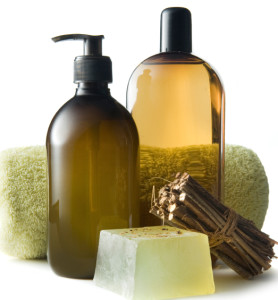
- Bath oils, salts, bombs
- Massage oils
- Foot baths
- Creams and lotions
- Balms and salves (lip and body)
- Butters
- Room sprays
- Spritzes—body and facial
- Scrubs—body and facial
- Perfumes
- Soaps
- Home and garden products
Why Are Scents So Powerful and Evocative?
The human sense of smell is unique among the five senses. Sight, touch, taste, and hearing are all first registered in our frontal cortex, the part of the brain that thinks and reasons. In contrast, scent is first registered in the limbic system and by our limbic brain, which is also 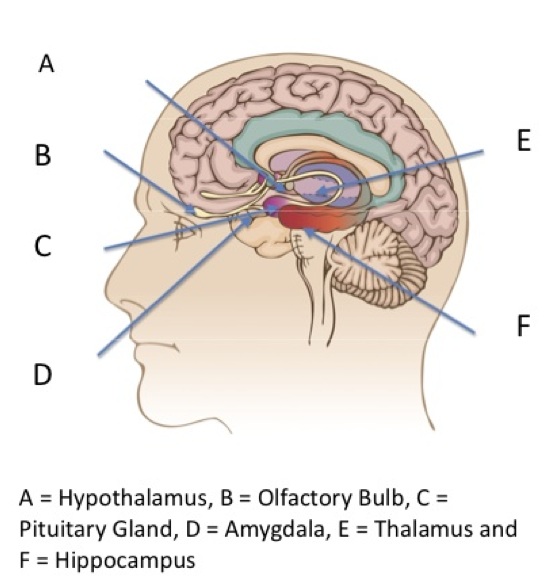 referred to as our primitive brain and the center of our instincts. Among the organs of the limbic system are the amygdala, hippocampus, and hypothalamus. The amygdala is the seat of our emotions. The hippocampus controls the acquisition and articulation of short- and long-term memory. The hypothalamus regulates hormones that tell us when we’re thirsty, hungry, hot, cold, sleepy, and sexually aroused. The limbic system is also responsible for our sympathetic autonomic nervous system response (better known as the “fight or flight response”). This system ignites when we are stressed or sense danger. Aromas enter through our noses and move directly to the limbic system without the filter of the rational frontal cortex. Given their direct influence over our basic instincts and our most basic survival functions, it is no wonder that aromas are so powerful. And, given the direct link between aromas and our emotions, it is no wonder aromatherapy is so often associated with mood and stress regulation. Finally, given the direct connection of aromas to our reservoir of memories, it is no wonder that scents can immediately and powerfully evoke the past.
referred to as our primitive brain and the center of our instincts. Among the organs of the limbic system are the amygdala, hippocampus, and hypothalamus. The amygdala is the seat of our emotions. The hippocampus controls the acquisition and articulation of short- and long-term memory. The hypothalamus regulates hormones that tell us when we’re thirsty, hungry, hot, cold, sleepy, and sexually aroused. The limbic system is also responsible for our sympathetic autonomic nervous system response (better known as the “fight or flight response”). This system ignites when we are stressed or sense danger. Aromas enter through our noses and move directly to the limbic system without the filter of the rational frontal cortex. Given their direct influence over our basic instincts and our most basic survival functions, it is no wonder that aromas are so powerful. And, given the direct link between aromas and our emotions, it is no wonder aromatherapy is so often associated with mood and stress regulation. Finally, given the direct connection of aromas to our reservoir of memories, it is no wonder that scents can immediately and powerfully evoke the past.
Check out my eBooks on subtle aromatherapy. Search my blog for my numerous posts on aromatherapy.
Important Notice
Aromatherapy services and products are not meant to take the place of conventional or allopathic medicine. They can be used as an aid to manifesting health and wellness. Starchaser does not make claims that aromatherapy can cure any illnesses or ameliorate any psychological condition. Individuals using aromatherapy products need to pay strict attention to all stated precautions and use only as directed. In general, products should not be used on small children and pregnant women without consulting a knowledgeable practitioner. To prolong the life of an aromatherapy product, refrigerate or store it in a cool, dark place.

